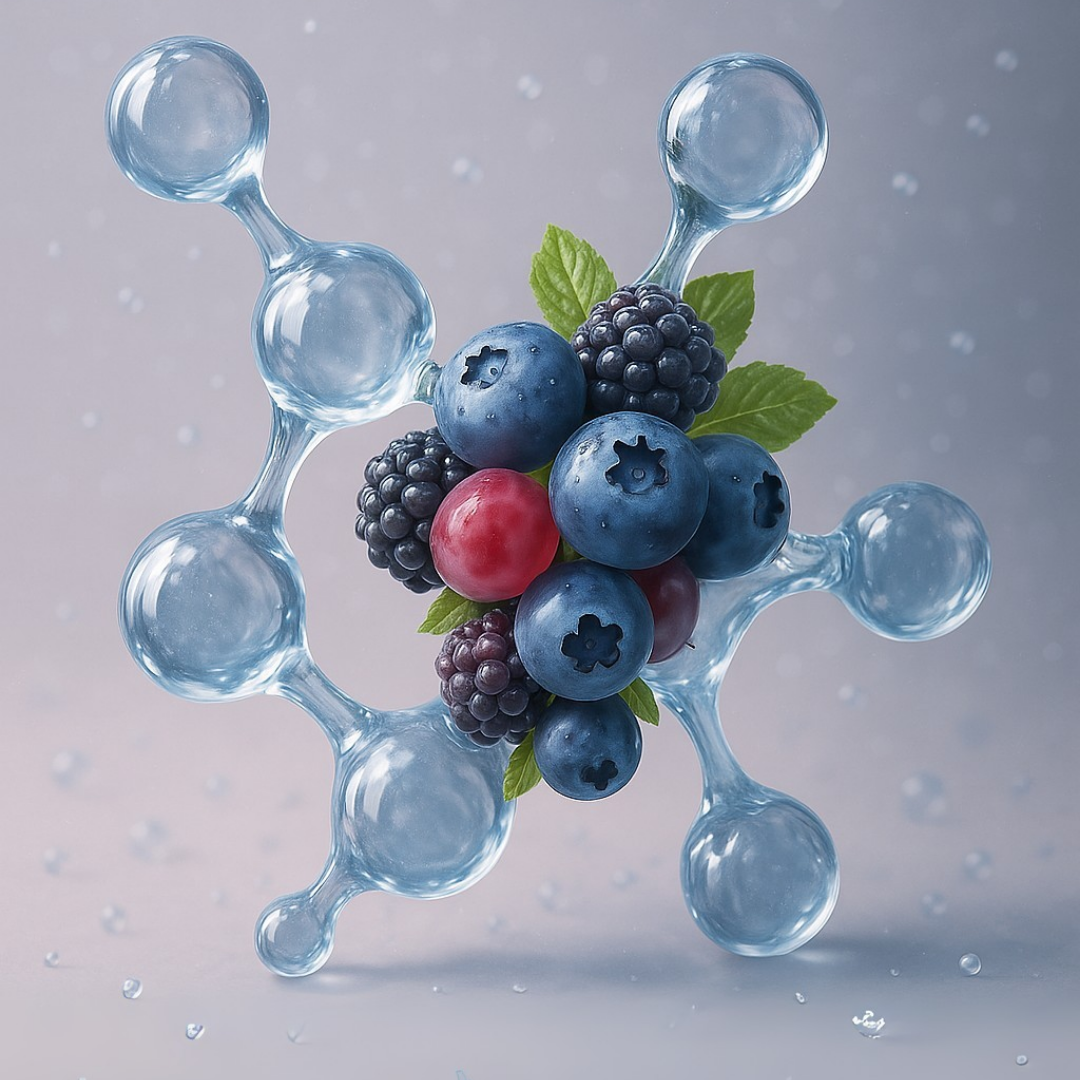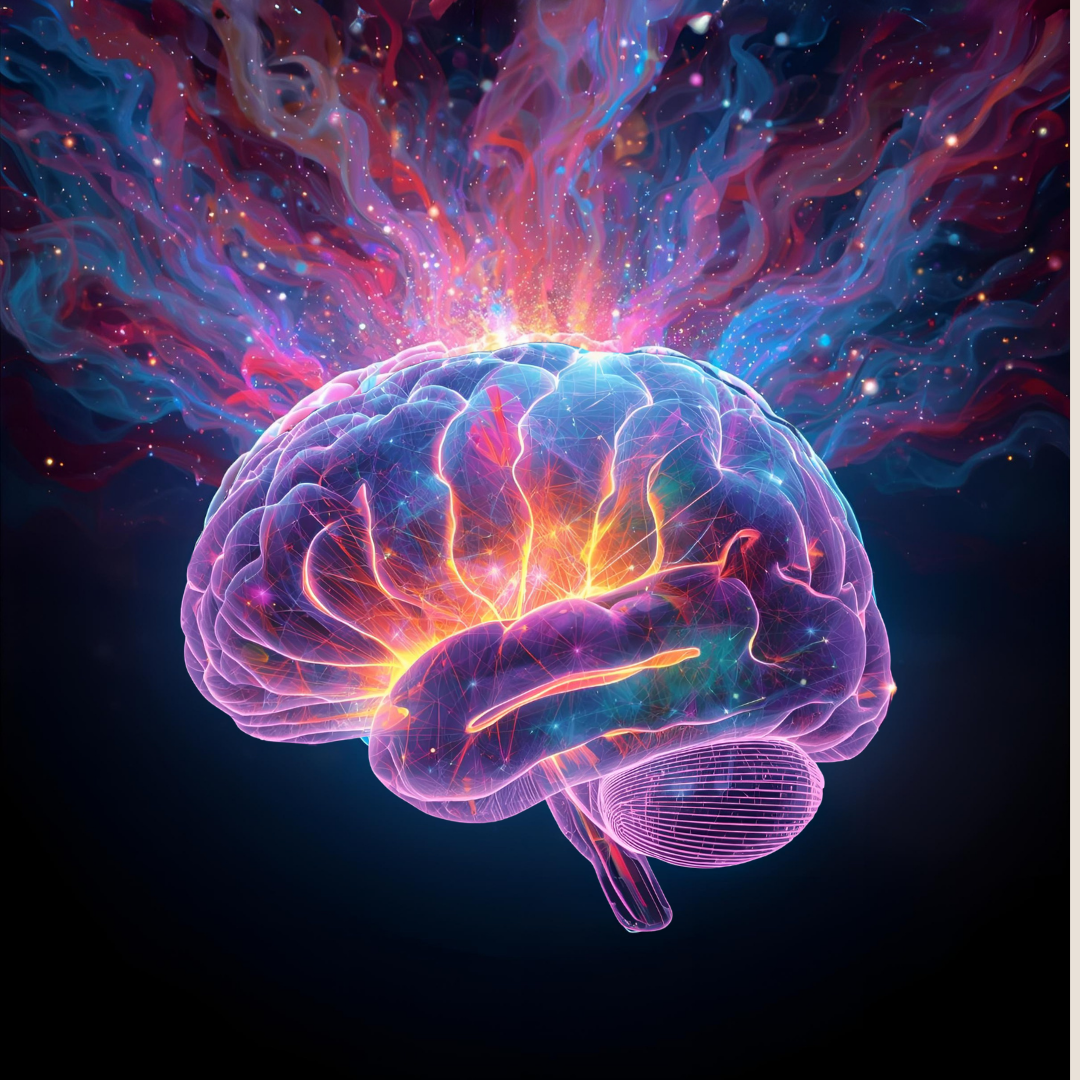Can Berries Protect Your Hormones from Microplastics?

What do berries and plastic pollution have in common? Surprisingly, your reproductive health.
We’re living in a world increasingly saturated with microplastics and nanoplastics — tiny particles that now turn up in everything from drinking water to blood and even reproductive tissue. And while scientists have long warned about the health risks of plastic pollution, a recent study offers new hope in an unlikely place: the colourful compounds that give berries their rich red and purple hues.
The Plastic Problem You Can’t See
Microplastics (MPs) and nanoplastics (NPs) are invisible pollutants formed by the breakdown of everyday plastics like food containers, clothing fibres, and packaging. Once they enter the body — via food, air, or even skin contact — they don’t just pass through harmlessly.
These particles are now recognised as endocrine-disrupting chemicals (EDCs), meaning they can interfere with your body’s hormones. This is particularly alarming when it comes to reproductive health. Studies in both animals and humans have shown that MPs/NPs can:
- Lower sperm quality and testosterone
- Damage the ovaries and reduce egg quality
- Interfere with embryo development and pregnancy outcomes
Worse still, these effects are often driven by inflammation, oxidative stress, and hormonal disruption — three biological processes that also underlie aging and chronic disease.
Enter Anthocyanins: Nature’s Protective Pigments
Here’s where it gets exciting. A growing body of research suggests that anthocyanins — the plant compounds responsible for the red, blue, and purple colours in berries, red cabbage, and purple corn — may help buffer the body against plastic-induced reproductive harm.
In the recent scientific review, researchers explored how anthocyanins, particularly a well-studied form called cyanidin-3-glucoside (C3G), may counteract the damage MPs/NPs cause in reproductive tissues. These natural pigments have been shown to:
- Reduce oxidative stress and inflammation
- Support sperm health and testosterone production
- Protect ovarian tissue and hormone levels
- Interact with hormone receptors to restore balance
In short: they don’t just fight free radicals—they appear to support hormonal health at the cellular level.
How Do They Do This?
One proposed mechanism involves the interaction between anthocyanins and steroid hormone receptors — like those for oestrogen and androgens. MPs/NPs are known to disrupt these pathways, throwing off gene expression and hormone regulation. Anthocyanins seem to counter this by:
- Blocking the harmful effects of MPs/NPs on receptor activity
- Downregulating inflammatory signals
- Protecting the integrity of reproductive tissues
In animal models, anthocyanins have already demonstrated the ability to reduce testicular and ovarian damage, improve sperm motility, and maintain estrogen levels under toxic stress.
So, Should You Eat More Berries?
While the research is early and mostly based on animal studies, it adds to a growing consensus: plant-based compounds like anthocyanins offer powerful, multi-targeted protection in a world full of hidden toxins.
Here’s what we know:
- Most people in Australia consume far below the levels of anthocyanins associated with health benefits.
- A wide variety of foods — including blueberries, blackcurrants, red grapes, and purple corn — are rich sources.
- Some countries are now recommending anthocyanin-rich diets to reduce inflammation and support metabolic health.
At Mygene, our myCare phytotherapeutic formulations and GeneFuel nutrition support products are already designed to work on many of these same aging and inflammation pathways—supporting hormone balance, detoxification, and cellular resilience.
Why This Matters for Healthspan
Plastic exposure is just one of many modern stressors accelerating the aging process. By understanding how natural compounds like anthocyanins interact with the body’s stress-response systems—particularly hormone receptors and inflammation—we can begin to build better defences.
Want to learn how your body handles environmental stress and hormonal regulation?
As part of your personalised HealthSpan program, Mygene can help identify your individual detox pathways, hormone vulnerabilities, and antioxidant needs — and guide you toward evidence-based nutritional strategies to protect and restore balance.
Explore our personalised Healthspan Programs and advanced myCare formulations to get started.
Source: Zhang, J., Liu, W., Cui, F., Kolehmainen, M., Chen, J., Zhang, L., & Zarei, I. (2025). Exploring the potential protective role of anthocyanins in mitigating micro/nanoplastic-induced reproductive toxicity: A steroid receptor perspective. Journal of Pharmaceutical Analysis, 15, 101148. https://doi.org/10.1016/j.jpha.2024.101148




